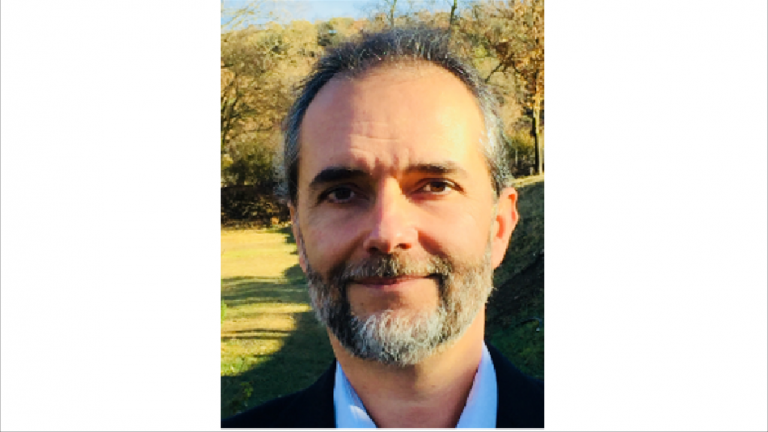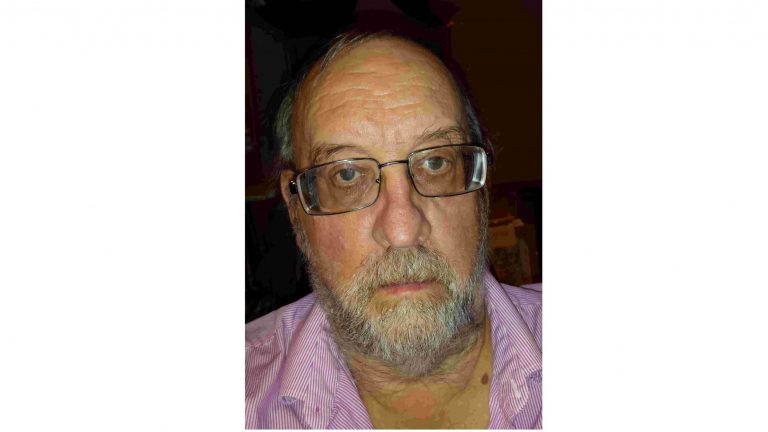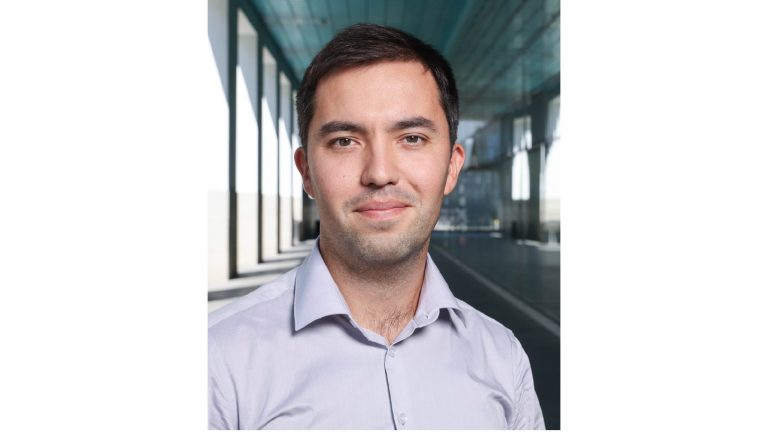
Professor Brice Lecampion is the head of the Geo-Energy Lab – Gaznat chair at Ecole Polytechnique Fédérale de Lausanne (EPFL), Switzerland. His research aims at understanding the interplay between the growth of localized discontinuities (in the form of fractures and faults) and fluid flow in geomaterials with applications in the field of environmental, geothermal, civil engineering, seismology and tectonophysics. Brice was previously working for Schlumberger from 2006 to 2015, holding a number of different positions in research and development from project manager to principal scientist both in Europe and the United States, working notably on CO2 storage integrity and well stimulation technologies. Dr Lecampion received his PhD in mechanics from Ecole Polytechnique, France in 2002 and worked as a research scientist in the hydraulic fracturing research group of CSIRO (Melbourne, Australia) from 2003 to 2006.

Dr Jean Desroches is a Geomechanics Scientific Advisor with Rocks Expert SARL, a rock mechanics consulting company in France. He has held R&D focused positions in Schlumberger in the UK, the US and France, and has been practicing hydraulic fracturing in many forms, from stress measurements to reservoir stimulation, for over 30 years. His interests encompass rock stress characterization, hydraulic fracturing, well integrity, reservoir stimulation, deep storage (CO2 and other energy related storage issues) and deep geothermal energy. He received his Ph.D. in rock mechanics from Institut de Physique du Globe in Paris, France, in 1990. He is the co-author of 9 patents, 3 book chapters and numerous technical papers.

Dr Philip Sullivan is recently retired from a 28-year career developing reservoir stimulation technologies and fluids. He is keenly interested in ways that existing reservoir stimulation technologies can be extended and applied to advance geothermal developments and other energy transition efforts. During his career Phil has developed products including polymer fluid systems, surfactant gelling agents, slurries, and related mixing equipment systems. He has been employed with a major service company (SLB) and a specialty chemical supplier (Flotek Industries). He holds a PhD from Purdue University and a BSME from University of Virginia. He is a named inventor on over 50 granted US patents related to stimulation technologies and fluids. Phil is an active member of both the Society of Petroleum Engineers and the Society of Rheology. He currently resides in Houston, Texas with his wife and daughter.

Dr Rob Jeffrey joined SCT Operations Pty Ltd (located in Wollongong, NSW, Australia) in 2015 after retiring from CSIRO. Prior to this, he spent 25 years as leader of hydraulic fracturing research at CSIRO and before that worked for 10 years in the mining and petroleum industries. He is currently a principal geotechnical engineer at SCT and contributes to projects that employ hydraulic fracturing either for stimulation or for preconditioning of rock for caving. Dr Jeffrey has extensive experience and knowledge in hydraulic fracturing and geomechanics and has contributed to significant developments in understanding the mechanics of multiple fracture interaction, fluid lag, fracture growth in layered and jointed rock materials, and non-linear leakoff in jointed rocks.

Dr Emil Gallyamov is a postdoctoral researcher between the Geo-Energy and the Computational Solid Mechanics Laboratories at EPFL. He is currently conducting research in the area of geological CO2 storage by means of numerical modelling. Previously, he received his PhD from EPFL in the field of computational modelling of concrete structures. Prior to joining EPFL, he obtained his MSc in Geotechnical engineering in Delft Technical University in the Netherlands. Moreover, he has worked for Schlumberger from 2010 to 2015 in the department of directional drilling and measurements both in the field and office assignments in Europe, South and Central Americas.

Dr Maalek Momeni is a Geophysicist & Seismologist with over 15 years of experience in research and industry. His primary areas of expertise include microseismic monitoring, kinematic and dynamic earthquake rupture modeling, big data processing, induced seismicity, strong motion simulation, and seismic hazard assessment of important structures.
He is currently a Postdoctoral Scholar at EPFL’s Geo-Energy Laboratory, where he uses passive and active acoustic techniques to image the growth of fluid-induced ruptures in different rocks. Using his skills and understanding of the community’s needs, he recently developed a novel algorithm and software called ‘SIMORGH’ for automatic high-precision acoustic emission / microseismic monitoring.